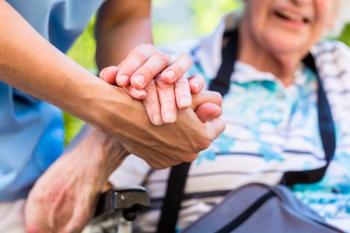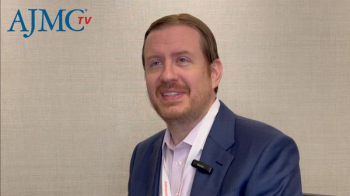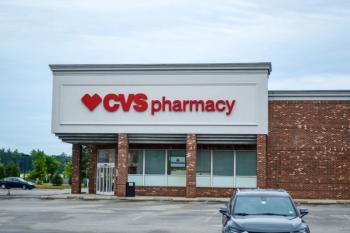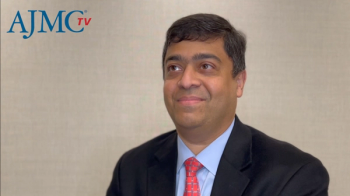
Sleep Apnea Appears to Increase Risk of COVID-19 Infection
The new report, based on more than 80,000 health records, suggests positive airflow pressure therapy can reduce a patient’s risk of infection.
New research found that patients who have obstructive
The findings were presented at the
The study was conducted by investigators from Kaiser Permanente in California. The team sought to use the health system’s database to uncover any potential links between the common sleep disorder and the impacts of SARS-CoV-2, the virus that causes COVID-19.
Researchers performed a retrospective analysis of all patients who sought care at Kaiser Permanente’s Southern California sleep clinic between 2015 and 2020. The database includes patients’ electronic health records, sleep study findings, and remotely collected data on PAP therapy.
A total of 81,932 patients met inclusion criteria of being enrolled in Kaiser Permanente’s health plan as of February 2020 and having sleep diagnostic or PAP data recorded as of March 2020. Patients had an average age of 54 years and were mostly male (60.2%). About one-third (34.5%) were Hispanic, and 9.9% of patients were Black.
The investigators tracked patient PAP adherence beginning in March and ending when the patient was diagnosed with COVID-19, died, disenrolled, or reached the end of the study (July 31, 2020).
During that time, 1493 patients were confirmed to have been infected with COVID-19 (1.8%). A total of 224 patients (0.3%) required hospitalization for the infection, and 61 patients (0.07%) required intensive care and/or died.
Using PAP usage data, the investigators analyzed patient outcomes based on how regularly they adhered to therapy. Patients who used their PAP machines for less than 2 hours each night were considered “untreated,” those using it between 2 and 3.9 hours every night were considered “moderately treated,” and patients using their machines for at least 4 hours per night were “well treated.”
They also defined OSA severity using the Apnea-hypopnea Index.
The data showed patients with untreated mild OSA had a 2% rate of COVID-19 infection, while patients with severe untreated OSA had a COVID-19 infection rate of 2.4%. Patients who were using their PAP machines, however, had a COVID-19 infection rate of just 1.4%. By comparison, patients without OSA had a 1.7% infection rate.
When looking solely at PAP usage rates, those patients with OSA who were categorized as untreated had a 2.1% infection rate. Moderately treated patients had a 1.7% infection rate, and those who were well-treated had a 1.3% infection rate.
“Significant associations emerged with OSA increasing and PAP therapy reducing COVID-19 infection rate,” concluded corresponding author Dennis Hwang, MD, and colleagues.
Those findings align with a
In the current study, obesity, higher Charlson Comorbidity Score, being Black or Hispanic, and being enrolled in Medicaid were all found to increase a patient’s likelihood of COVID-19 infection. However, increasing age was found to be associated with a reduced infection rate.
Reference:
Hwang D, Shi J, Chen A, et al. Impact of Obstructive Sleep Apnea and Positive Airway Pressure Therapy on COVID-19 Outcomes. Presented at: ATS 2021; May 14-19, 2021. Abstract B14.
Newsletter
Stay ahead of policy, cost, and value—subscribe to AJMC for expert insights at the intersection of clinical care and health economics.

















































